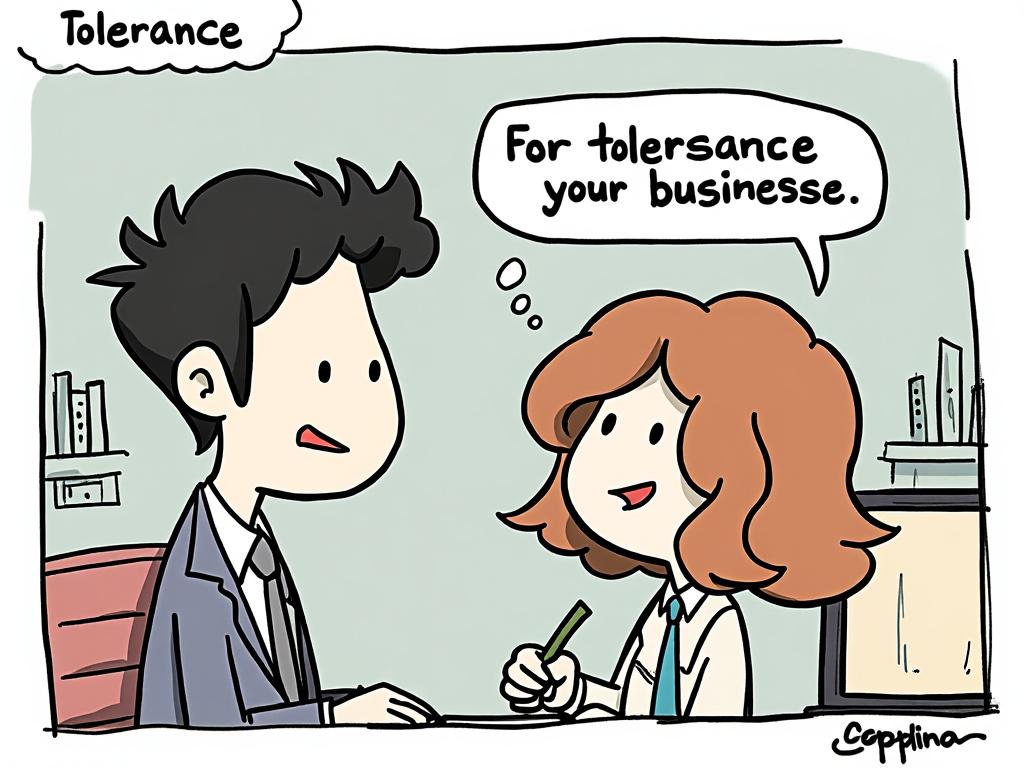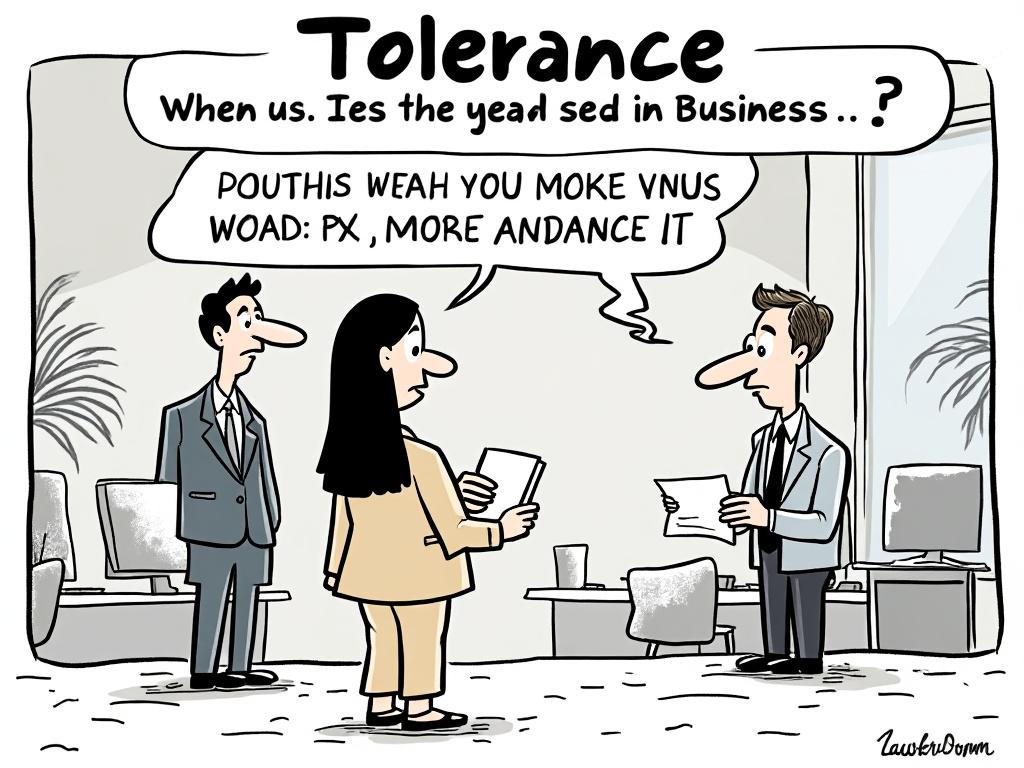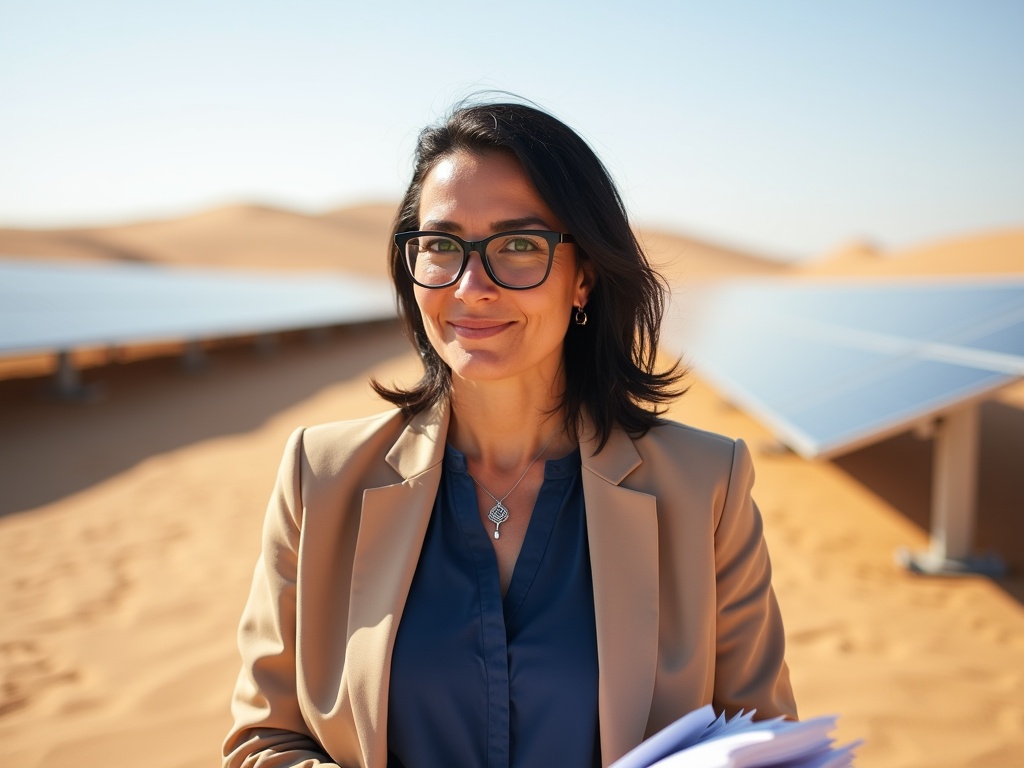
UAE Minister of Tolerance: Building Bridges in a Diverse Nation
Reading time: 8 minutes
Ever wondered how a nation with over 200 nationalities maintains harmony while celebrating diversity? The UAE’s approach through its Ministry of Tolerance offers fascinating insights into modern multicultural governance. Let’s explore how this unique governmental position shapes one of the world’s most diverse societies.
Table of Contents
- The Origins and Evolution of the Ministry
- Understanding the Core Mandate
- Key Initiatives and Programs
- Measuring Success: Real-World Impact
- Navigating Complex Challenges
- Your Guide to Understanding UAE’s Tolerance Model
- Frequently Asked Questions
The Origins and Evolution of the Ministry
The UAE Ministry of Tolerance emerged in 2016 under a bold vision: transforming diversity from a demographic reality into a strategic national asset. This wasn’t just bureaucratic reshuffling—it represented a fundamental shift in how nations could approach multicultural governance.
Here’s the straight talk: Creating social cohesion isn’t about eliminating differences—it’s about orchestrating them into national strength.
Sheikh Nahyan bin Mubarak Al Nahyan, the current Minister of Tolerance and Coexistence, brought decades of educational leadership to this role. His background in higher education proved crucial, as tolerance initiatives required the same systematic approach used in academic institution building.
The ministry’s establishment coincided with the UAE’s “Year of Tolerance” declaration in 2019, creating momentum that extended far beyond symbolic gestures. This timing wasn’t coincidental—it reflected careful strategic planning to align governmental structure with national priorities.
Strategic Positioning in Government
Unlike traditional ministries focused on sectors like health or education, the Ministry of Tolerance operates as a cross-cutting institution. It coordinates with multiple governmental bodies, from education to interior affairs, ensuring tolerance principles permeate all policy areas.
Quick Scenario: Imagine you’re developing housing policies for a community where 85% of residents are expatriates. How do you ensure regulations support both cultural expression and social integration? The Ministry provides this framework.
Understanding the Core Mandate
The Ministry’s mandate extends beyond managing diversity—it actively cultivates an environment where different cultures, religions, and perspectives contribute to national development. This involves three primary dimensions:
Cultural Preservation and Celebration
Rather than pushing assimilation, the UAE model encourages cultural maintenance while building bridges between communities. This approach recognizes that authentic tolerance requires understanding, not uniformity.
The ministry supports cultural festivals, language preservation programs, and traditional arts initiatives that allow communities to maintain their heritage while participating in broader UAE society.
Legislative Framework Development
Working closely with federal and local authorities, the ministry influences legislation affecting religious practices, cultural expression, and inter-community relations. This includes advising on hate speech laws, religious accommodation policies, and discrimination prevention measures.
Key Initiatives and Programs
National Tolerance Programs
The “Tolerance Champions” program represents one of the ministry’s most innovative approaches. This initiative identifies and trains community leaders across different sectors—from business to education—to serve as tolerance ambassadors within their networks.
Practical Example: A Filipino nurse working in Dubai healthcare becomes a Tolerance Champion, helping bridge communication gaps between medical staff from different cultural backgrounds while ensuring patient care quality doesn’t suffer from cultural misunderstandings.
The program has trained over 5,000 champions across the seven emirates, creating a distributed network of cultural mediators who address challenges before they escalate into conflicts.
Interfaith Dialogue Initiatives
The Abrahamic Family House project in Abu Dhabi exemplifies the ministry’s ambitious vision. This complex houses a mosque, church, and synagogue on the same site, symbolizing peaceful coexistence while providing practical spaces for religious practice.
Beyond symbolic projects, the ministry facilitates regular interfaith councils where religious leaders collaborate on community issues, from charitable initiatives to conflict resolution. These aren’t just ceremonial meetings—they produce tangible cooperation on social challenges.
Educational Reform and Curriculum
Perhaps most significantly, the ministry has influenced educational curriculum development to include tolerance and global citizenship components. Students now learn about different world religions, cultural practices, and conflict resolution techniques as part of their standard education.
The “Moral Education” curriculum, implemented across UAE schools, teaches empathy, respect, and critical thinking skills essential for navigating diverse societies. This represents a long-term investment in building tolerance from the ground up.
Measuring Success: Real-World Impact
How do you measure tolerance? The UAE has developed specific metrics to track progress, moving beyond vague aspirations to concrete outcomes.
UAE Tolerance Progress Indicators (2023 Data)
Acceptance Rate
Multi-cultural Teams
Satisfaction Index
Cross-Community Participation
The UAE’s Global Peace Index ranking improved from 26th in 2016 to 16th in 2023, coinciding with intensified tolerance initiatives. While correlation isn’t causation, the ministry’s systematic approach to measuring and improving intercultural relations contributes to these outcomes.
| Initiative | Participants | Measurable Outcome | Success Rate |
|---|---|---|---|
| Tolerance Champions Program | 5,000+ trained ambassadors | Conflict resolution cases handled | 92% successful mediation |
| Interfaith Council Meetings | 150+ religious leaders | Joint community projects launched | 78 collaborative initiatives |
| Cultural Festival Support | 200+ cultural groups | Cross-community attendance increase | 35% year-over-year growth |
| Moral Education Curriculum | 850,000+ students | Bullying incident reduction | 28% decrease in reported cases |
Navigating Complex Challenges
Building tolerance in practice involves addressing real tensions, not just promoting feel-good initiatives. The ministry faces three primary challenges that offer insights for other diverse societies.
Challenge 1: Economic Competition and Social Cohesion
With 89% of UAE’s population being expatriates, economic competition can strain intercultural relations. The ministry addresses this through job-matching programs that emphasize complementary skills rather than direct competition between communities.
Practical Solution: Career counseling programs that help different communities identify their competitive advantages, reducing zero-sum thinking about employment opportunities.
Challenge 2: Generational Differences in Tolerance
Younger UAE residents, both Emirati and expatriate, often show higher tolerance levels than older generations. The ministry bridges this gap through intergenerational dialogue programs that leverage youth enthusiasm while respecting traditional wisdom.
Challenge 3: Balancing Religious Freedom with Social Harmony
The ministry must navigate situations where religious practices of different communities might conflict. Rather than imposing top-down solutions, they facilitate community-led negotiations that find mutually acceptable accommodations.
Real-World Example: When scheduling conflicts arose between Islamic prayer times and Hindu festival celebrations in a mixed residential area, ministry mediators helped communities develop rotating schedules that respected both religious obligations.
Your Guide to Understanding UAE’s Tolerance Model
The UAE’s tolerance approach offers practical lessons for individuals, organizations, and governments grappling with diversity challenges. Here’s your strategic roadmap for applying these insights:
Immediate Implementation Steps:
- Start with Structure: Establish clear mechanisms for addressing intercultural tensions before they escalate. Don’t wait for problems to create solutions.
- Measure What Matters: Develop specific metrics for tracking tolerance progress. Vague aspirations won’t drive concrete improvements.
- Invest in Education: Long-term tolerance requires systematic education that builds empathy and understanding from early ages.
- Create Champions Network: Identify and train cultural mediators within existing communities rather than imposing external solutions.
- Focus on Economic Integration: Address the economic dimensions of cultural tensions through skills development and opportunity sharing.
The UAE’s Ministry of Tolerance demonstrates that managing diversity requires intentional, systematic approaches backed by governmental commitment and community engagement. As global migration continues reshaping societies worldwide, these lessons become increasingly relevant for building cohesive, prosperous communities.
What specific tolerance challenge does your community face, and how might the UAE’s systematic approach offer solutions? The answer to this question could be your first step toward building more inclusive, resilient social structures.
Frequently Asked Questions
How does the UAE Ministry of Tolerance differ from other countries’ diversity programs?
The UAE model is unique in creating a dedicated ministerial-level position with cross-governmental authority, rather than treating tolerance as a secondary function within other departments. This gives tolerance initiatives direct access to policy-making processes and substantial budget allocation, enabling systematic rather than piecemeal approaches to diversity management.
What role do expatriates play in UAE tolerance initiatives?
Expatriates aren’t just beneficiaries but active participants in tolerance programs. The Tolerance Champions program specifically recruits from expatriate communities, recognizing their insights into cross-cultural challenges. This approach leverages the diverse population as a resource for building social cohesion rather than viewing diversity as a challenge to manage.
How does the ministry measure the success of its tolerance programs?
The ministry uses a combination of quantitative metrics (conflict resolution success rates, cross-community event participation, religious freedom satisfaction surveys) and qualitative assessments (community feedback, interfaith cooperation projects, educational outcome evaluations). This multi-dimensional approach provides concrete data while capturing the nuanced nature of intercultural relations.

Article reviewed by Daan van Dijk, ommodities & Forex Trader | Global Market Navigator, on June 4, 2025
